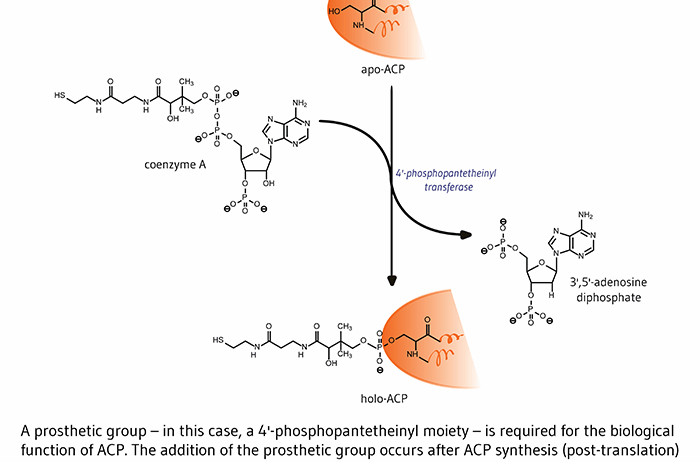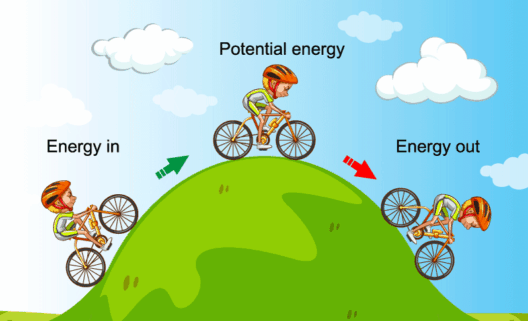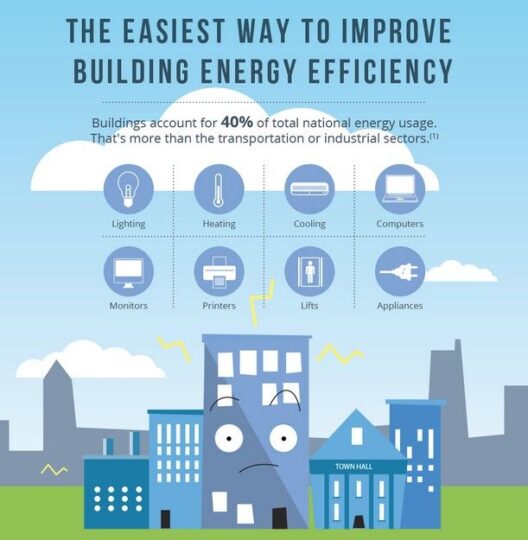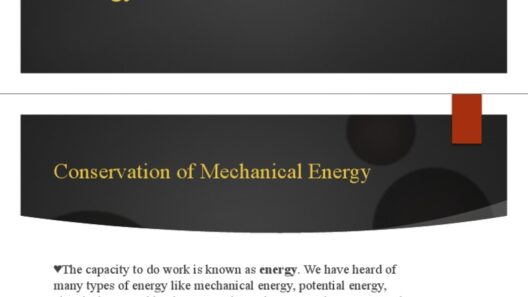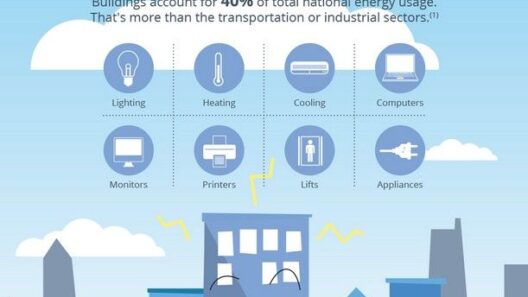Pantothenic acid, also known as vitamin B5, is often overlooked in the grand orchestra of essential nutrients. Yet, as the conductor of energy metabolism, it plays a crucial role in the symphony that sustains our bodily functions. This seemingly modest vitamin is instrumental in transforming carbohydrates, proteins, and fats into usable energy—a process akin to converting raw materials into a finely tuned musical performance.
At its core, pantothenic acid is a vital component of coenzyme A (CoA), a crucial cofactor involved in numerous biochemical reactions. CoA can be likened to a key that unlocks various metabolic pathways, enabling the body to harness energy from micronutrients. This dynamic interplay allows our cells to convert food into adenosine triphosphate (ATP), the energy currency of cells. Without CoA, the energy production machinery would be akin to a car without an ignition system; no matter how much fuel is present, the vehicle would remain immobile.
Moreover, pantothenic acid is pivotal in the synthesis of fatty acids, cholesterol, and steroid hormones. These aspects are of immense significance, illustrating pantothenic acid’s multifaceted nature. Picture the body as a bustling factory that requires impeccable coordination and efficiency. Each section of this factory has specialized roles, and pantothenic acid is vital in ensuring that the machinery runs smoothly. Its assistance in the synthesis and breakdown of fatty acids ensures that the body can efficiently store and utilize energy, maintaining a balance between surplus and deficit.
In addition to its metabolic roles, the contribution of pantothenic acid to energy conservation is also noteworthy. It assists the body in managing stress, particularly related to energy demands. The human body experiences a plethora of challenges that can deplete its energy reserves, from strenuous exercise to sleep deprivation. Pantothenic acid acts like an emergency response team, enhancing the body’s ability to cope with these challenges by facilitating the production of adrenal hormones, especially cortisol. These hormones play a vital role in maintaining energy levels during times of stress, ensuring that the body doesn’t enter into a state of depletion.
The repercussions of pantothenic acid deficiency can be dire, disrupting the finely balanced energy conservation mechanisms in the body. Symptoms such as fatigue, irritability, and mood changes may surface, highlighting the vitamin’s role as a stabilizing force. Imagine a well-tended garden, bursting with life and vitality, versus a neglected patch that suffers from erratic growth and wilting. The comparative vitality underscores how essential pantothenic acid is in maintaining robust energy levels and overall homeostasis.
There’s a growing body of evidence suggesting that adequate pantothenic acid levels may enhance athletic performance. This is primarily due to its role in metabolic processes that facilitate endurance and recovery. Think of athletes as racehorses, driven to their limits. Just as these horses require top-notch feed to soar beyond their competitors, athletes too need the nutrition that fosters optimal energy production. Insufficient pantothenic acid can compromise athletic performance, much like a poorly nourished racehorse struggling to maintain its speed on the track.
Beyond athletic realms, pantothenic acid’s energy conservation properties extend into everyday life. For individuals navigating the relentless demands of modern living, maintaining energy levels is paramount. Daily responsibilities can become exhausting, akin to a tightrope walker balancing precariously on a thin line. Ensuring an adequate intake of pantothenic acid empowers individuals to traverse the daily challenges with greater ease, fostering resilience and stamina.
Despite its critical importance, the dietary sources of pantothenic acid are often underappreciated. Foods rich in this vitamin—such as whole grains, eggs, legumes, and certain vegetables—are akin to hidden treasures in the rich expanse of the food pyramid. Consuming a diverse and balanced diet rich in these food sources can help maintain optimal levels of pantothenic acid, ensuring that the body’s energy production and conservation systems are finely tuned.
It should also be acknowledged that certain populations may be at a higher risk for pantothenic acid deficiency. Individuals on restrictive diets, the elderly, and those with gastrointestinal disorders may find themselves lacking this vital nutrient. For these groups, it may be necessary to consult with healthcare professionals to assess dietary intake and consider supplementation as a viable option.
A symphony without its conductor will often falter, drowning in cacophony. Similarly, the intricate processes of energy production and storage in the body require the involvement of pantothenic acid to function harmoniously. This vitamin is not merely a supporting player; it is a central figure in the grand narrative of energy conservation. By understanding and appreciating the role of pantothenic acid, individuals can take proactive measures to optimize their energy levels, ensuring a vibrant and dynamic life.
In conclusion, pantothenic acid’s contribution to energy metabolism and conservation is central to our overall well-being. With its multifaceted roles from nutrient conversion to stress management, this underrated vitamin is deserving of a more prominent place in our dietary considerations. As we educate ourselves about nutrition and its complexities, let us not forget about the quiet yet powerful impact of pantothenic acid—a small but mighty player in the orchestra of life.



